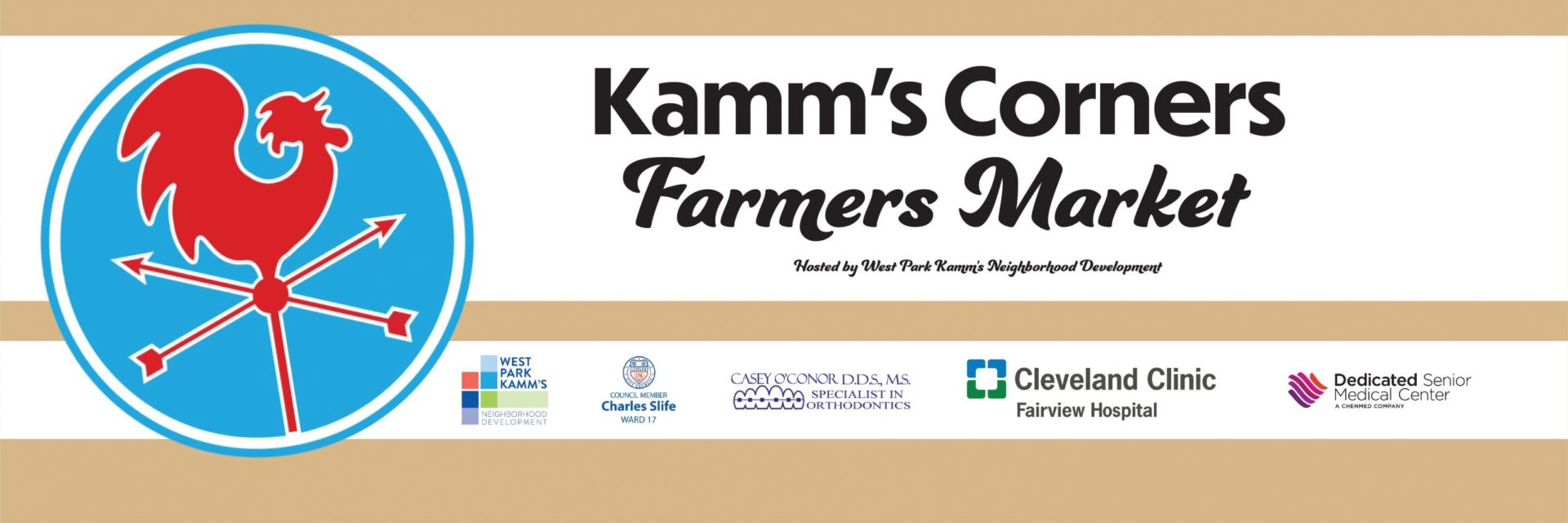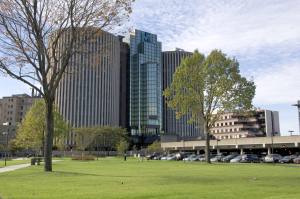By Joshua Beltran, Research Assistant, Center for Health Equity Engagement Education and Research

During this pandemic many businesses have had to make crucial decisions on whether to stay in business or not, and farmers markets are no different. However, for the markets mentioned in an article by The Land (Farmers markets, nutrition assistance programs serve as oases in Cleveland’s food deserts), the decision to remain in business has an effect on their surrounding communities as well. For example, Rosemary Mudry, executive director of West Park Kamm’s Neighborhood Development, explains that the “30-vendor market serves a growing immigrant and refugee population along with low-income seniors.” Additionally, she points out that, “While the median income is high, it masks the fact that as a large neighborhood it has a similar total number of people living in poverty as places like Mt. Pleasant.” Similarly, Coit Road Farmers Market is described as a “critical asset” for its nearby residents and as being “the source for fresh food in East Cleveland,” by its manager Kevin Scheuring. I have long believed a major source of health disparities is rooted in imbalanced nutritional distribution. An imbalance caused by the existence of food deserts and food mirages. In an effort to counterbalance these situations, these businesses have continued their operations to aid their communities.

However, providing fresh nutritious food is only half the battle. Affordability of product affects both consumer and supplier, the markets can only remain open providing their services as long as the community keeps buying from them. In order for the process to continue the markets partner with government-funded programs to offer free voucher incentives to residents living below a certain income level. For example, “The Electronic Benefit Transfer – Ohio Direction Card allows eligible customers to buy $50 worth of fruits, vegetables, dairy, bread and meat for only $25.” Similarly, there are numerous coupon and voucher programs that ease the financial burden for families and seniors in need. Additionally, these benefit programs have expanded during the pandemic. The article points out, “One change due to the pandemic was that the Ohio Nutrition Incentive Network allowed unlimited matching for Produce Perks dollars from mid-March through June of 2020. If a customer spends $5 from their SNAP/EBT food benefits card, the network matched the dollars and gave the customer an additional $5 in Produce Perks.”
While this collaborative effort is a step in the right direction, it has its limits and needs to be expanded. A major limiting factor is the fact that the markets are not permanent fixtures, they are not available every day of the week and are generally seasonal. Additionally, when open, the hours are limited. The farmers markets provide a much-needed service but cannot fully compensate for the lack of a fully present and stocked grocery store. Product availability is only half of the equation, the affordability of the food is the other half that needs to be addressed in the event of a full-time grocery store being present. The deals brokered between the farmers’ markets and government-funded programs need to be calibrated for and implemented into any potential stores that may arise.

